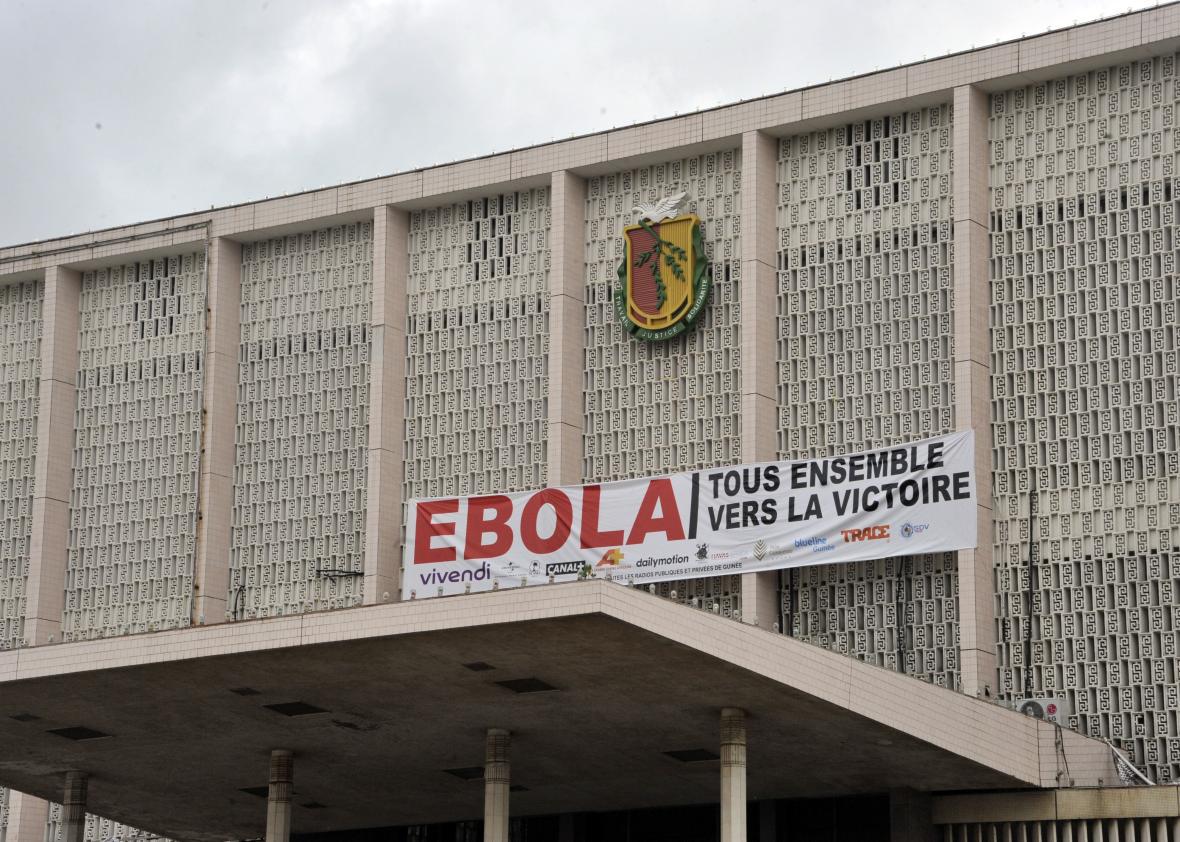On Thursday, West Africa celebrated as the World Health Organization officially declared the two-year Ebola epidemic that killed more than 11,000 people over. It had been 42 days since the last two patients in Liberia had tested negative for the disease, with Sierra Leone and Guinea having been given the all-clear earlier. Then, just hours later, officials confirmed that a person who had died in northern Sierra Leone had tested positive for the disease. So much for the celebration.
The WHO had warned, after the initial announcement, that continued flare-ups are likely. Liberia had first been declared Ebola-free last fall but has seen several isolated cases since then. The virus can linger in the bodily fluids of some survivors, not producing symptoms but capable of being transmitted to others. Though it hasn’t been proved, researchers suspect that it may possible for Ebola to be sexually transmitted via either semen, where it can linger for up to a year in some survivors, or vaginal fluids.
While it’s disheartening to realize that this region may not be fully Ebola-free for some time, the risks will likely diminish as the final traces of the virus clear from the population, and another large-scale outbreak is unlikely. With monitoring and containment systems now in place, authorities can respond to isolated cases and prevent them from turning into the mass infections that overwhelmed these countries’ health systems in 2014.
